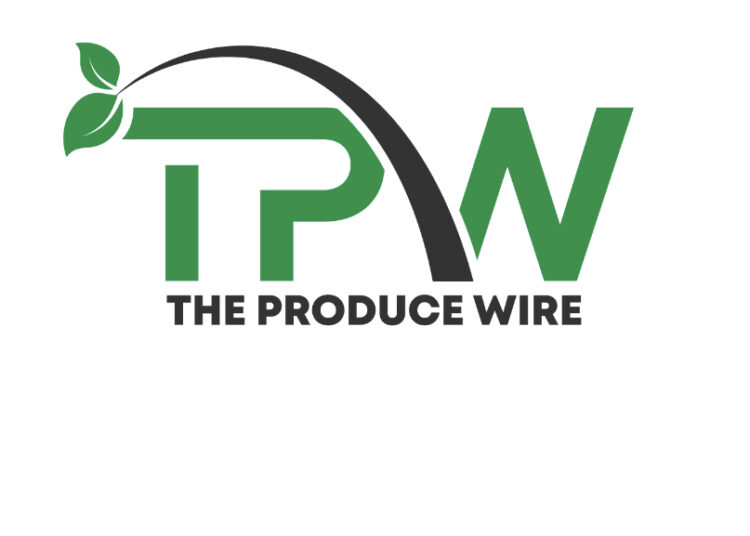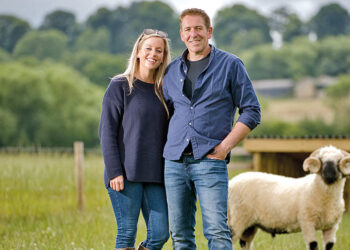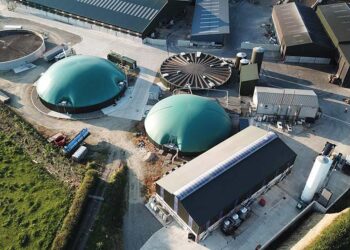Findings of Salmonella in raw meat-based pet food in the United Kingdom have declined for the first time in recent years.
The Animal and Plant Health Agency (APHA) collected data on Salmonella reports from livestock species in Great Britain during 2023.
There were 331 reports of Salmonella from raw meat pet food. This is lower than the 406 in 2022. The number of positives in 2022 increased from 2021, when the highest-ever levels were seen. The most common types in 2023 were Salmonella Indiana, Salmonella Derby, and Salmonella Infantis.
There were 99 isolations of regulated serovars from raw meat pet food, down from 123 reports in 2022. The isolates included Salmonella Enteritidis, Salmonella Hadar, Salmonella Infantis, monophasic Salmonella Typhimurium, Salmonella Typhimurium, and Salmonella Virchow. The legislation considers regulated serovars to be of particular public health importance.
Contaminated raw meat pet food, which does not undergo heat treatment to deactivate pathogens, may represent a potential source of infection to both the animals consuming it and people who handle it, especially if insufficient hygiene measures are adopted.
There were 897 isolations from feedingstuffs during 2023, an increase from 801 positives in 2022. There were 265 isolations of regulated Salmonella serovars from animal feedingstuffs and related products during 2023, 41.7 percent higher than in 2022. These included Salmonella Infantis, Salmonella Typhimurium, and monophasic Salmonella Typhimurium.
In 2023, 10,070 human Salmonella infections were reported to the UK Health Security Agency (UKHSA), Public Health Wales, and Public Health Scotland. The most common type was Salmonella Enteritidis, followed by Salmonella Typhimurium, Salmonella Infantis, and Salmonella Saintpaul.
Reported trends in animals
The number of Salmonella isolation reports from cattle, sheep, pigs, and poultry increased by 4.9 percent compared with 2022, from 3,461 to 3,630 isolations.
Trends were variable across serovars. For example, reports of Salmonella Kedougou were almost double those of 2022, Salmonella Agona rose by 50 percent, and Salmonella Typhimurium increased by 31.8 percent from 2022. However, reports of Salmonella Senftenberg were 60.3 percent less compared to 2022, and Salmonella Enteritidis reports were down 56 percent.
There were more isolations from chickens, pigs, cattle, and sheep in 2023 versus 2022. However, there were fewer findings from turkeys and ducks. Most isolations from chicken and turkey flocks resulted from surveillance activities due to national control programs (NCP) for these sectors.
Isolations of Salmonella from cattle went up from 430 to 436 in 2023. As in previous years, Salmonella Dublin remained the most common, although there was a decrease in 2023. Salmonella Typhimurium isolations rose, the second most commonly isolated type, followed by Salmonella Mbandaka.
There were 2,633 isolations of Salmonella from chickens in 2023 compared to 2,404 in 2022. The main serovars were Salmonella 13,23:i:-, Salmonella Montevideo, Salmonella Kedougou, Salmonella Mbandaka, and Salmonella Agona.
The estimated prevalence of regulated serovars in all three chicken NCPs was below the EU targets of 1 percent for breeders, 2 percent for layers, and 1 percent for broilers at 0.43 percent for breeders, 0.17 percent for layers, and 0.04 percent for broilers.
There were 258 isolations from pigs in 2023, up from 214 in 2022. Salmonella Typhimurium and its monophasic variants were responsible for over three-quarters of all isolations.
Isolations from sheep rose from 94 to 98. Salmonella enterica subspecies diarize serovar 61:k:1,5,(7) remained the most common serovar, followed by Salmonella Montevideo and Salmonella Typhimurium.
Isolations from turkeys fell from 188 to 109 in 2023. The main type was Salmonella Kedougou, followed by Salmonella Anatum. The NCP sampling prevalence of regulated serovars was 0.05 percent for turkey fatteners and 0.58 percent for breeders. This is below the EU target of 1 percent for each turkey production sector.
In 2023, there were 96 isolations from ducks, down from 121 in 2022. Four isolations were from game birds, 18 from pigeons, 55 from horses, and 689 from dogs.
(To sign up for a free subscription to Food Safety News, click here.)













